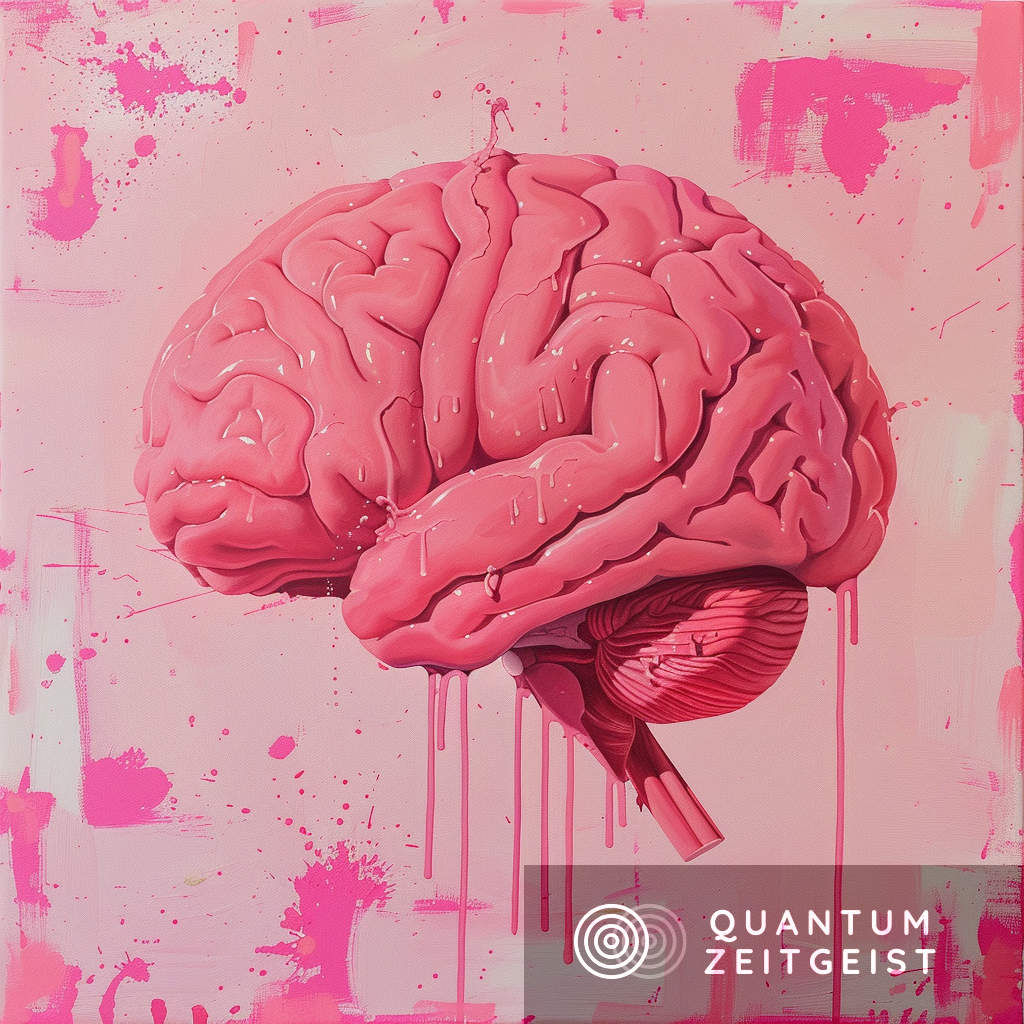Quantum physics, a linear theory, underpins complex systems like digital computers and life, according to a paper by Professor George F R Ellis. These systems are modular hierarchical structures that cannot be described by a single wave function, but rather by local wave functions. The transition from quantum to classical is marked by contextual wavefunction collapse. Downward causation, a key concept in quantum physics, plays a significant role in the emergence of complexity in these systems. Both digital computers and the human brain are symbol processing systems, and abstract entities within them have causal powers, influencing the physical world.
How Does Quantum Physics Underpin Complex Systems Like Digital Computers and Life?
Quantum physics, a linear theory, is the foundation of complex systems such as digital computers and life. This concept may seem puzzling, but the paper by George F R Ellis, a professor at the Mathematics Department, University of Cape Town, and The New Institute, Germany, explores how this is possible.
Physically, these complex systems are modular hierarchical structures with several key features. Firstly, they cannot be described by a single wave function. Instead, only local wave functions can exist. This means there isn’t a single wave function for a living cell, a cat, or a brain.
Secondly, the transition from quantum to classical is characterized by contextual wavefunction collapse. This collapse is shaped by macroscopic elements that can be described classically.
What Role Does Downward Causation Play in Quantum Physics?
Downward causation is a significant concept in quantum physics. It occurs in the physical hierarchy in two key ways: by the downward influence of time-dependent constraints and by the creation, modification, or deletion of lower-level elements.
This downward causation is crucial in the emergence of complexity in modular hierarchical systems. It allows for multiple realizability of higher levels at lower levels, applying to both physical hierarchies and the logical hierarchies they support.
Downward causation from the environment also occurs because any complex system is an open system. It is coupled to heat baths that play a key role in classical and quantum mechanics, specifically in contextual wave function collapse. This is how local arrows of time arise out of the cosmological direction of time associated with the universe’s expansion.
How Does Quantum Physics Relate to Digital Computers and Human Brain?
Digital computers and the human brain are systems of symbols forming symbol structures. These structures denote or represent other entities, and computing or thinking is symbol processing.
All abstract entities in digital computers, algorithms, computer programs, and data have causal powers because they alter physical outcomes in a real-world social context. Some computational artifacts are entirely abstract. They process symbol structures and are devoid of any physicality, although they may be made visible by physical media such as marks on paper or computer screens.
The human brain, like digital computers, is fundamentally a symbol-processing system. It has the capacity for logical thinking, and its thought process is based on symbol structures.
How Do Abstract Entities Influence the Physical World?
Abstract entities have causal powers. This is evident in digital computers, where algorithms, computer programs, and data, all abstract entities, have causal powers because they alter physical outcomes in a real-world social context.
These abstract entities can become physical and result in images on a screen, marks on paper, 3D printing of artifacts, automatic landing of an aircraft, and so on. This process is referred to as Liminal Structures, where the abstract becomes physical. Similar remarks apply to the brain.
What is the Role of Hierarchies of Structure and Causation in Quantum Theory?
Hierarchies of structure and causation play a significant role in quantum theory. These hierarchies look at quantum linearity, local wave functions, and wave function collapse. They also examine quantum theory and time-dependent constraints.
These hierarchies are crucial in understanding how quantum physics underpins complex systems like digital computers and life. They provide a framework for understanding the transition from quantum to classical, the role of downward causation, and how abstract entities can influence the physical world.
Publication details: “Quantum physics, digital computers, and life from a holistic perspective”
Publication Date: 2024-03-10
Authors: George Ellis
Source: arXiv (Cornell University)
DOI: https://doi.org/10.48550/arxiv.2403.06306

